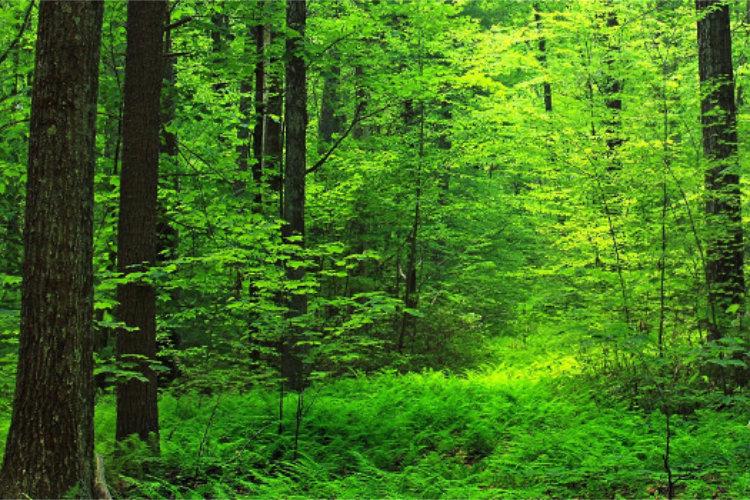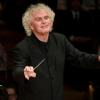
Celebrating Earth Day in the Concert Hall
Posted on
In advance of this Sunday's Earth Day festivities, we present a selection of orchestral works that both celebrate our world's natural beauty and advocate for its stewardship. To begin are pieces wrought by winter, whose chill, wind, and beauty have inspired composers across the centuries:
John Harbison's Snow Country, an early piece for oboe and string orchestra, was composed during unusually dark Wisconsin winter; “The oboe is sometimes primary, sometimes a voice in the texture, submerged only to reemerge as a final lonely voice, braced against a longer winter,” writes Harbison. More recently from across the Atlantic, Helen Grime's Two Eardley Pictures evoke the rugged ecstasy of John Eardley's Scottish landscapes, while Judith Weir's Winter Song pays homage to its Scottish and Finnish commissioners. Kaija Saariaho's Ciel d'Hiver looks upward at Orion in the midst of winter, and is a masterful example of her lush, spectral palette. Poul Ruders, on the other hand, looks back in time and to the north in Tundra, an homage to the wintry magic of Jean Sibelius, written to commemorate his 125th birthday.
Scores: Snow Country | Two Eardley Pictures: Catterline in Winter, Snow | Winter Song | Ciel d'Hiver | Tundra
Audio: Ciel d'Hiver | Tundra
Thea Musgrave (who turns 90 next month) looks to all four seasons in her eponymous Vivaldi companion piece, as does Robert Xavier Rodriguez in his Double Bass concerto Ursa, and Philip Glass in his Violin Concerto No. 2: “The American Four Seasons.” Further examples of works inspired by seasons include Anthony Payne's Spring's Shining Wake, Andrew Thomas' Four Scenes from the Summer Palace, and Musgrave's Autumn Sonata.
Scores: The Seasons | Ursa | Violin Concerto No. 2 | Spring's Shining Wake | Four Scenes From The Summer Palace | Autumn Sonata
Audio/video: The Seasons | Ursa ('cello and piano version) | Violin Concerto No. 2
Other composers seek to portray nature's totality. Per Nørgård famously translated natural occurrences of the Fibonacci sequence into his 'Infinity Series', which served as the basis for many of his early works, including Iris and Symphony No. 2. These unfurling landscapes explode off the page, and their harmonic language, structure, and syntax reflect the chaotic beauty of the great outdoors. Anna Thoravldsdottir's Aeriality 'refers to the state of gliding through the air with nothing or little to hold on to – as if flying – and the music both portrays the feeling of absolute freedom gained from the lack of attachment and the feeling of unease generated by the same circumstances'.
Scores: Iris | Symphony No. 2 | Aeriality
Audio: Iris | Symphony No. 2 | Aeriality
Both Michael Gordon's Natural History (recently profiled on PBS) and Nico Muhly's Control use repetition and texture to convey nature's vastness, its enormity, and the freedom we feel when surrounded by wilderness. Natural History features Native American voices and melodies (and is designed for outdoor performances), while Control describes elements of Utah's natural environment in five episodes. The latter also draws inspiration from Olivier Messiaen's visionary Des Canyons aux Étoiles, likewise inspired by the sights, sounds, and space of Utah.
Scores: Natural History | Control | Des Canyons aux Étoiles
Audio: Natural History | Control | Des Canyons aux Étoiles



















